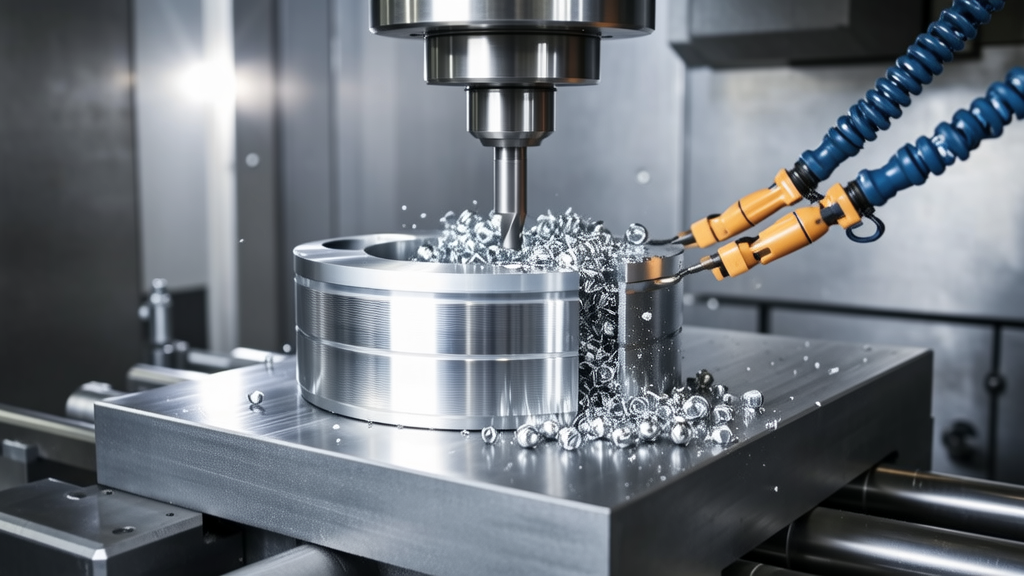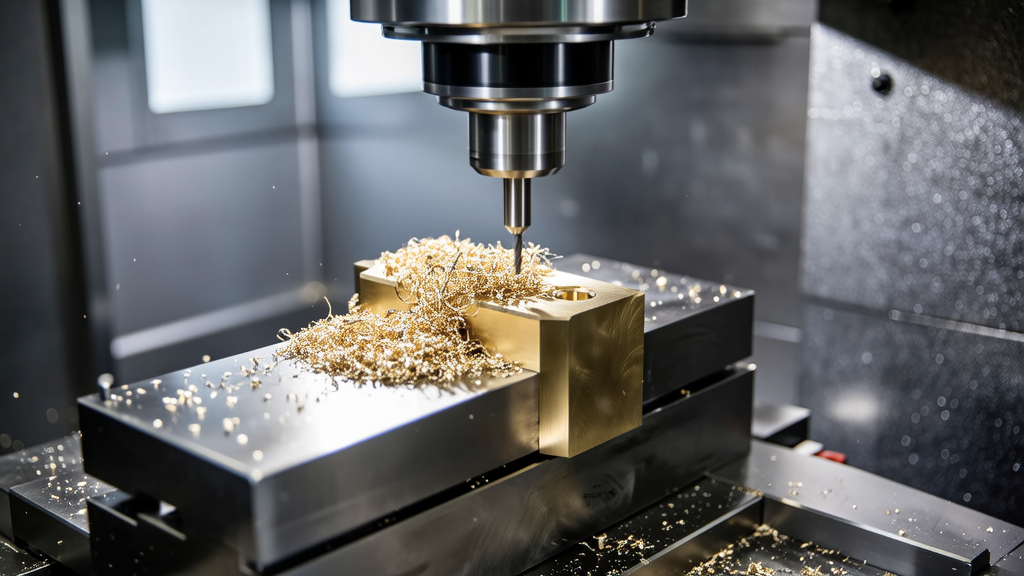If you’ve ventured into precision aluminum shell machining, especially in China, you might have encountered some frustrating challenges. It’s not just about getting the dimensions right; there’s a whole game of complexities to navigate, from material selection to meeting tight production deadlines. I remember working with a client who faced delays because of poor supplier communication. It can feel like a never-ending cycle of issues, but there are ways to tackle these challenges head-on.
Material Selection: What’s the Best Choice?
Choosing the right aluminum alloy is crucial. Not every alloy fits every application, and sometimes companies go for cheaper options without considering the long-term implications, like durability and machinability. Take 6061 aluminum, for instance; it’s versatile and offers good corrosion resistance, making it a popular choice for those looking for a balance between cost and performance. However, if your project demands more rigidity, you might want to lean towards 7075 alloy. I had a project where the wrong alloy selection cost us three extra weeks because we had to start from scratch.
Why Does This Matter?
Using the wrong material can lead to issues not just in machining but also in the end product’s functionality. Google’s engineering department has been known to emphasize the importance of selecting materials based on the application, as it directly impacts the manufacturing process and the product’s lifespan.
Machining Techniques: Finding What Works
When it comes to machining itself, using outdated techniques can be like trying to fit a square peg in a round hole. A client I worked with initially used traditional milling machines for aluminum, which led to excessive wear and tear on the tools. After we switched to high-speed machining techniques, productivity skyrocketed, and tool life improved by over 50%.
Types of Machining Techniques to Consider
Quality Control: The Key to Success
After machining, quality control becomes the backbone of the process. Regular checks should be part of your workflow to identify any inconsistencies early. I recommend using tools like calipers or micrometers to gauge accuracy within tight tolerances. There’s nothing worse than completing a batch, only to discover that the dimensions are off. Not only does it waste time, but it can result in hefty financial losses too.

Those who have been in the field often cite that investing in automated quality control systems can pay off significantly in the long run. The ability to catch defects while they happen rather than after production is valuable. The first rule of thumb should be to integrate a quality assurance system that understands your process well.
Conclusion – Embracing Innovation
In the rapidly evolving realm of CNC machining, embracing innovation and staying updated on industry trends is vital. By opting for modern techniques and materials, you not only improve your efficiency but also ensure that your output meets the high standards the market demands. If you’ve implemented any of these strategies in your own work, I’d love to hear how they’ve performed for you!
What are the best aluminum alloys for precision machining?
When choosing an aluminum alloy for precision machining, 6061 and 7075 are two of the most commonly recommended options. 6061 is known for its versatility and good corrosion resistance, while 7075 is often chosen for its enhanced strength.
It’s important to select the right alloy for your specific application to avoid issues later on. Using the wrong material can lead to significant delays and increased costs, as I’ve experienced firsthand when starting a project over due to a poor choice.

How can machining techniques improve production efficiency?
Utilizing advanced machining techniques like CNC machining can vastly improve production efficiency. This method allows for tight tolerances and is more accurate than traditional methods.
I once switched a client’s workflow from manual milling to high-speed CNC milling, and it improved their productivity by over 50%. Implementing technology like water jet cutting or laser cutting can also enhance precision and reduce finishing time.
What role does quality control play in aluminum machining?
Quality control is crucial in aluminum machining. Regular checks using tools like calipers can help identify any inconsistencies as soon as they occur.
A strong quality assurance system can save you significant costs by catching defects early on. Having a reliable QC process ensures that you maintain high standards and meet client expectations consistently.
How do you select the right machining techniques for your project?
Choosing the right machining technique often depends on your specific project requirements. For instance, if intricate designs are involved, water jet cutting may be your best bet. On the other hand, for high-volume production, CNC machining proves to be the most effective.
Over the years, I’ve learned that the right technique can make all the difference in not just the efficiency of the machining process but also in the quality of the final product.
What are common challenges faced in the aluminum shell machining process?
Common challenges in aluminum shell machining include material selection, maintaining tight tolerances, and ensuring timely delivery. Many manufacturers also struggle with communication issues with suppliers, leading to delays.
Addressing these challenges often involves strategic planning and investing in better technologies or practices, which can ultimately save time and reduce costs in the long run.








